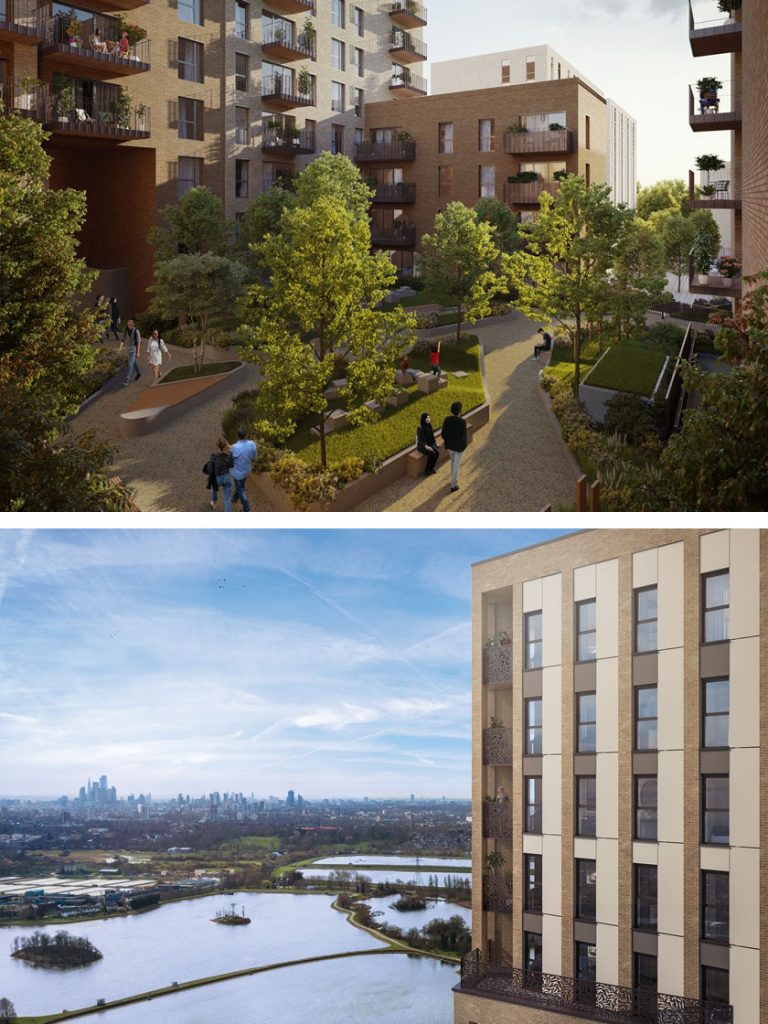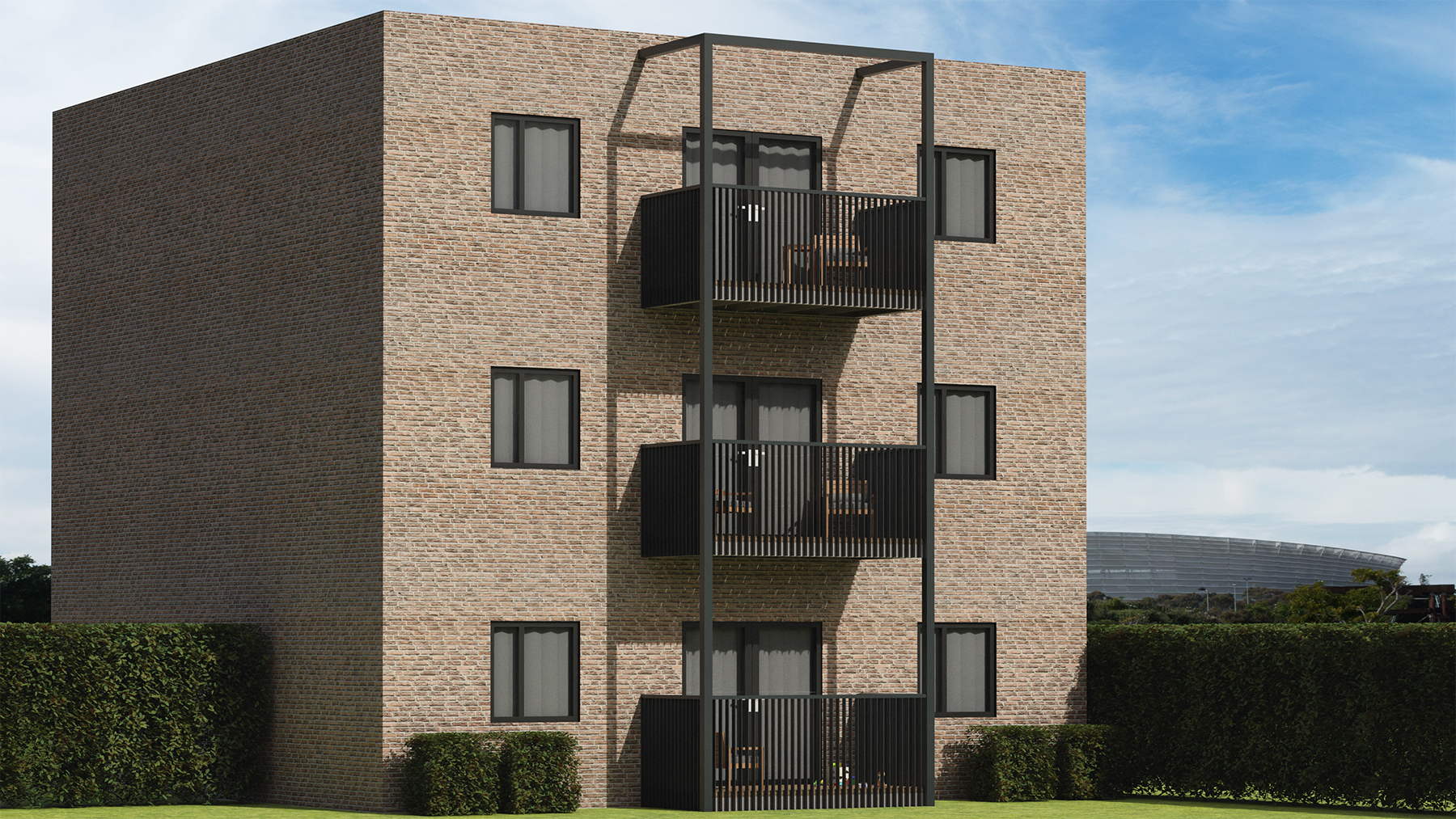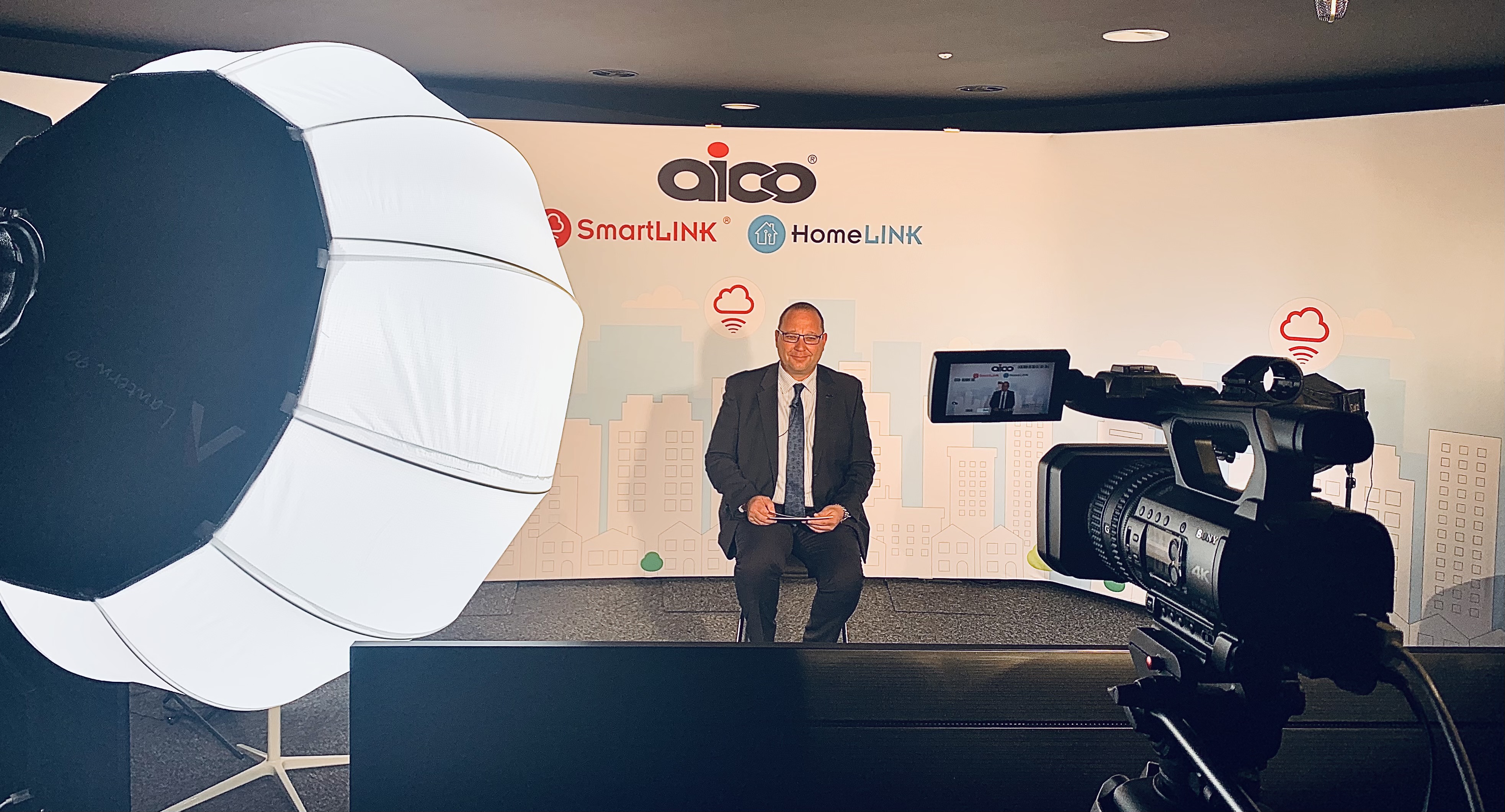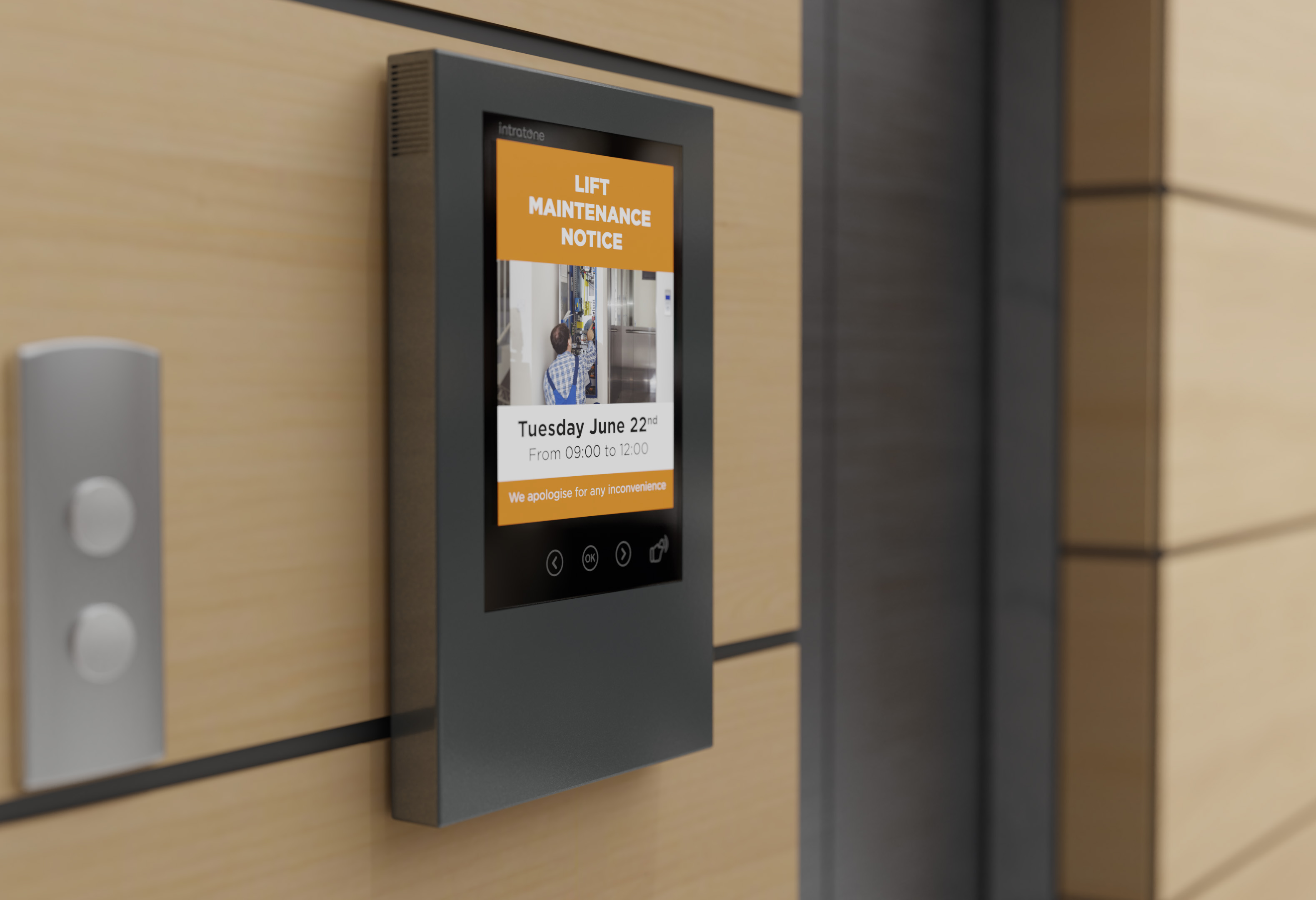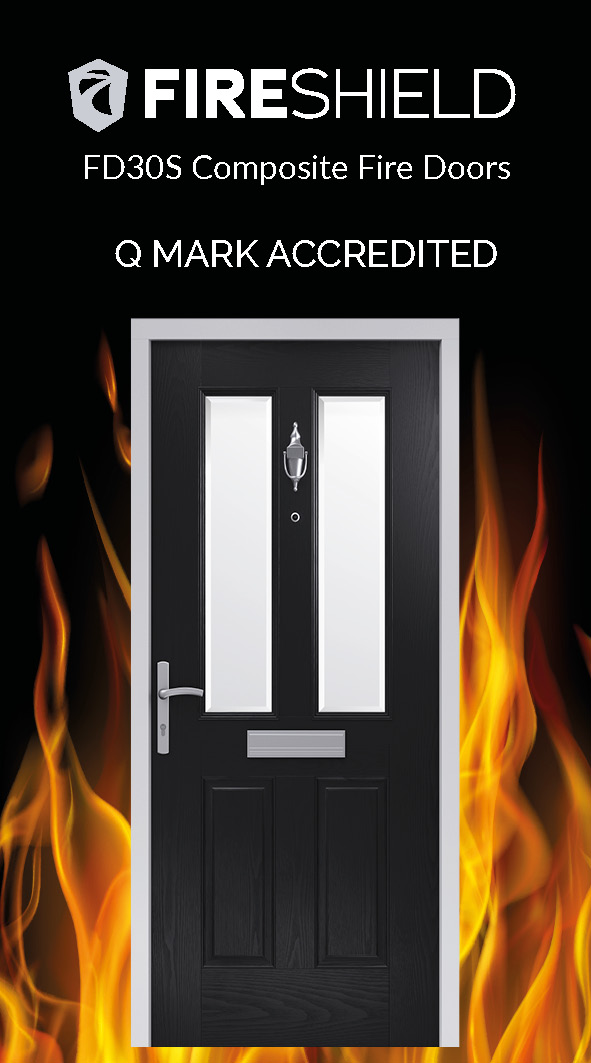How to remediate combustible timber or composite balconies to achieve fire safety
Fire safety is the key issue of our times. While the new build sector has relatively easily made the transition to using fire safe materials, the issue of combustible material in the external walls of existing buildings has caused major concerns for all stakeholders. We spoke to Richard Izzard, managing director of aluminium decking manufacturer AliDeck, to find out more about successful fire remediation of combustible balconies.
Leaseholders and building owners up and down the country have been caught in an incredibly frustrating and difficult situation across the last 18 months. In the aftermath of the Grenfell fire, mortgage lenders became increasingly reluctant to provide loans on properties in high-rise buildings. The Royal Institution of Chartered Surveyors (RICS), the BSA, and UK Finance developed the External Wall Fire Review scheme (and its EWS1 survey form) in an attempt to provide an industry-led solution.
















